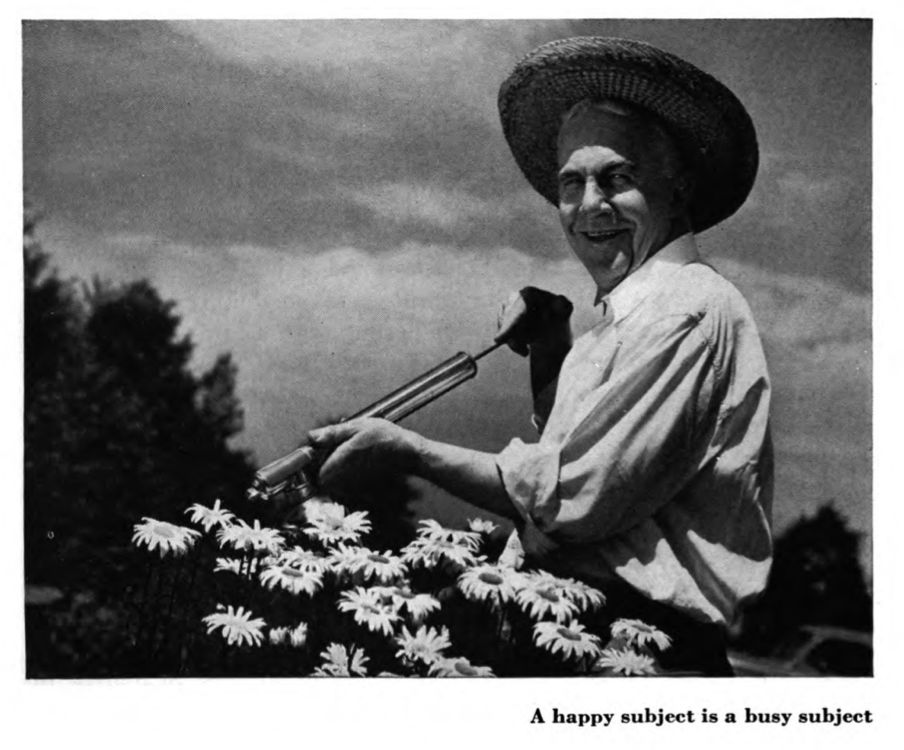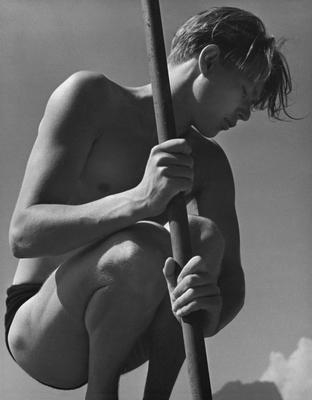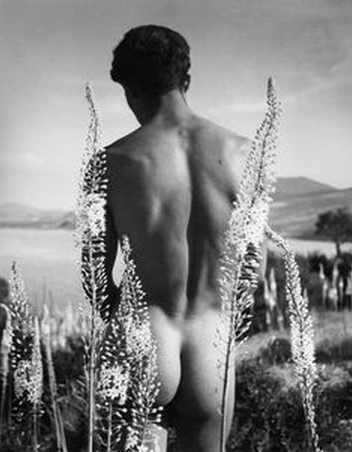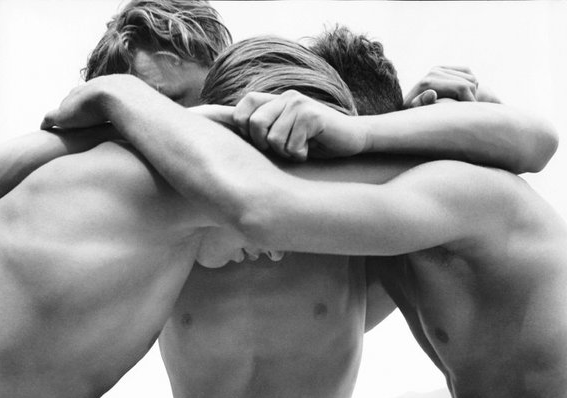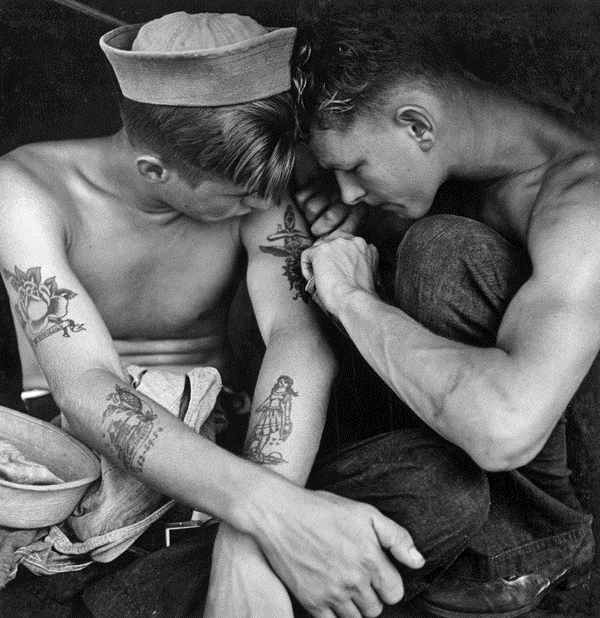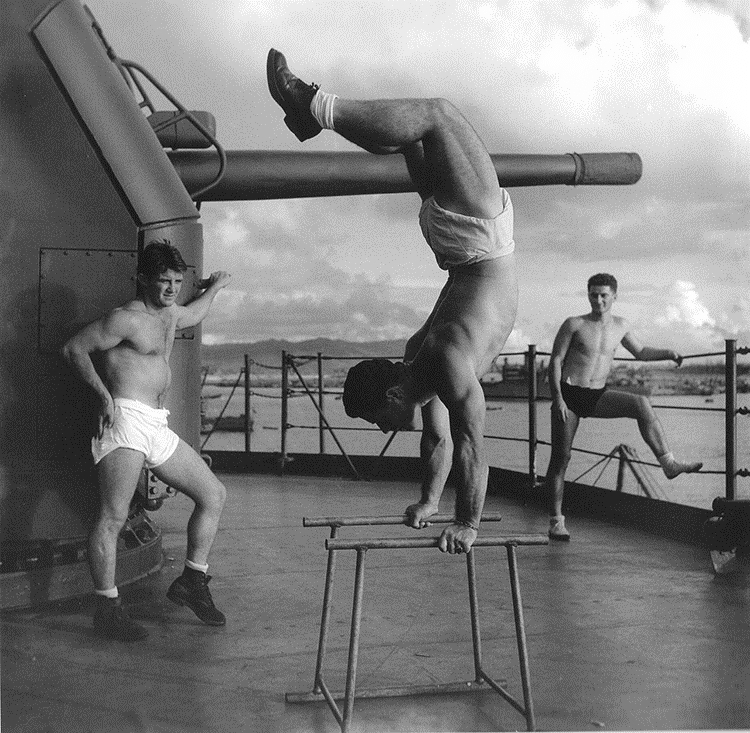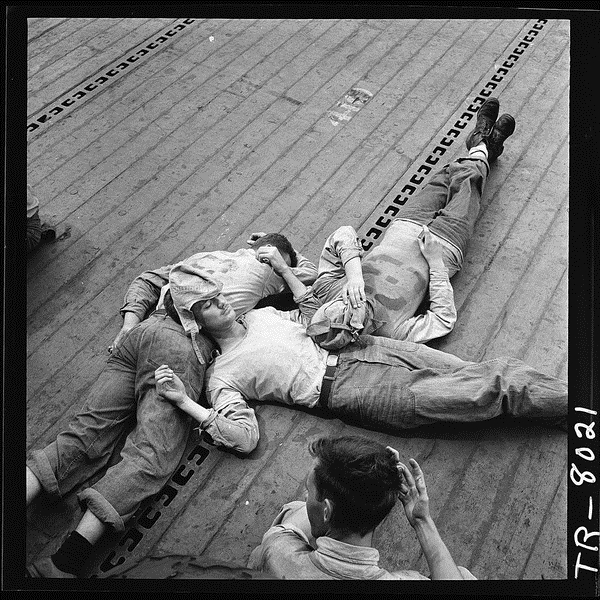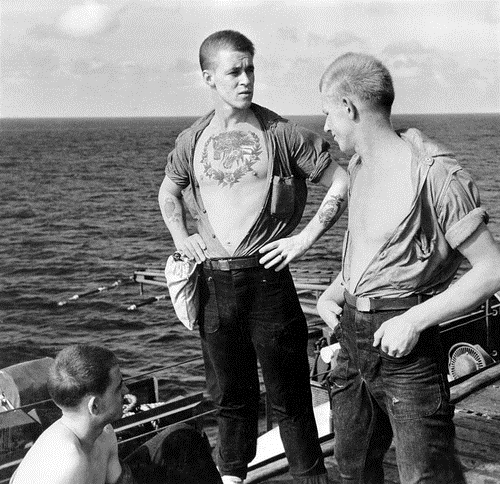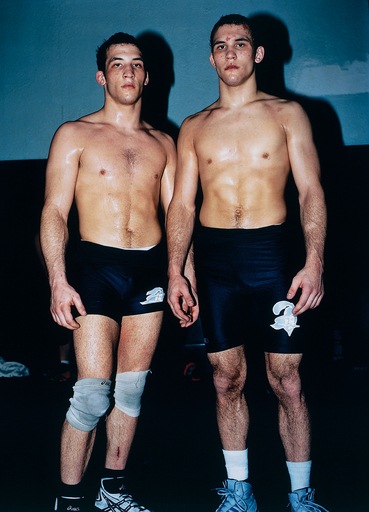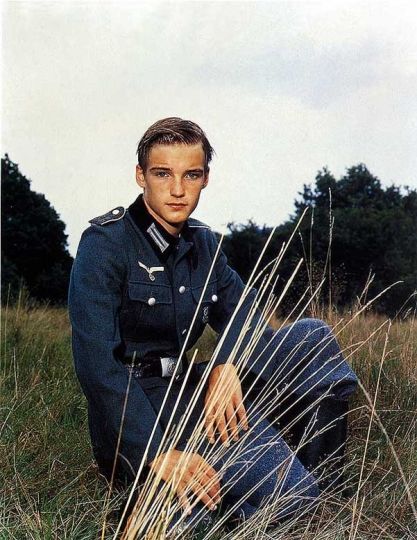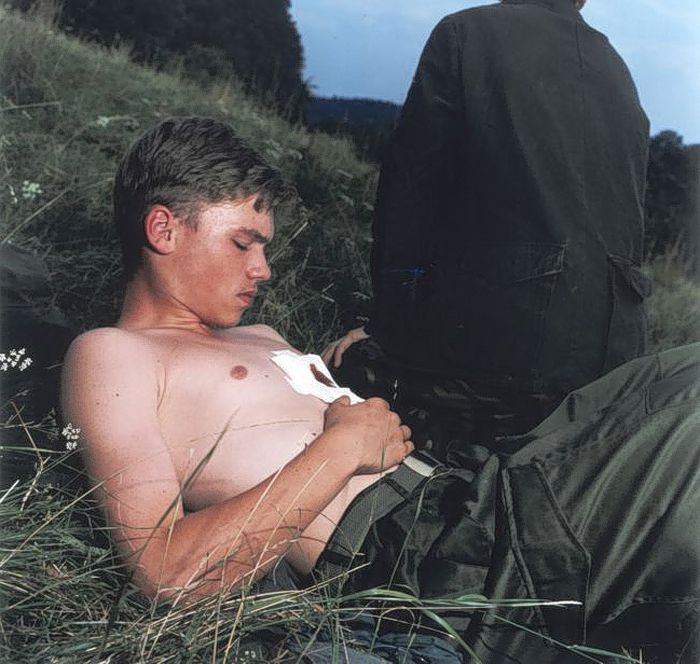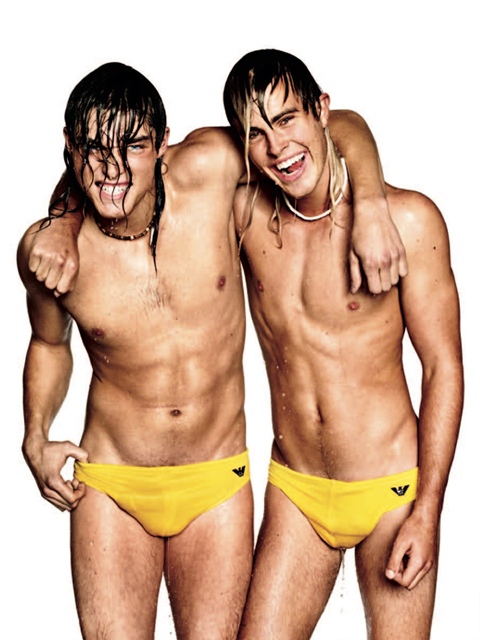In The Conquest of Cool, Thomas Frank rethinks the emergence of a postwar creative revolution in American consumption and advertising. Rather than occurring through a calculated cooptation of 1960s middle class youth culture – with its hedonistic ethos of sex, drugs, and rock and roll – Frank argues that shifts in the tone and style of advertising in this moment were the product of a marketing industry undergoing dramatic changes of its own. During this time, upstart creative teams in nimble advertising firms created new styles of communication that outperformed the tried formulas of foundational Madison Ave companies. Celebrating the 60s hedonistic individualism that stood in stark contrast to the rationalism of pre-war advertising styles, firms like Doyle Dane Bernbach became the envy of heaving behemoths of the age like JWT and BBDO. A symptom of larger shifts in American business culture, these new agencies embraced sources of inspiration often discovered in unlikely and hostile places. The rift between business and youth culture, we learn, was not as great as it may seem. As Frank points out at the beginning of the text:
This is a study of business thought, but in its consequences it is necessarily a study of cultural dissent as well; its promise, its meaning, its possibilities, and most important, its limitations. And it is, above all, the story of the bohemian cultural style’s trajectory from adversarial to hegemonic; the story of hip’s mutation from native language of the alienated to that of advertising. (Conquest of Cool, 8)
Producers far outnumber consumers in the archive and historians generally struggle with the consumer’s side of the story. As in my project, the production side of mass culture takes center stage in The Conquest of Cool. Despite this, Frank’s supply-side study reveals little of how ads are made. Throughout the text he favors executives, account managers, and copywriters. Creative directors appear, but they seem too colorful or scattered to manage. How much or how little creative teams contributed to the shift he marks in postwar advertising is unresolved and we never even glimpse into the studios where so much work of the creative revolution in advertising was done. This is strange because the artists and photographers who made the ads were innovating rapidly in this period, stimulating new debates over the value of art and commerce in contemporary culture. Ad-execs relied heavily on art departments to deliver hip imagery, but we know little of how photographers and graphic artists were employed. Frank mentions their role in the bohemian culture of small-firm advertising, but only briefly explores the ways creative cadres influenced the content of the ads he uses in making his argument.
The take away, of course, is that even corporations are not immune to wider changes in society and culture. The reason I love The Conquest of Cool is because it convincingly reminds us that businesses are made up of people. Rather than studying the reception of advertising, or performing a semiotic reading of ads in an attempt to grasp at the impact and mysterious power of our most prolific yet most hated source of visual culture, Frank writes a story about who makes ads and how. He challenges us to study cultural production rather than reception, to think about the composition and crafting of power rather than simply critique it. The book, he says,
...does not address the subject of consumer evasiveness except as it is discussed by advertising executives and menswear manufacturers; it has little to say about the effectiveness of particular modes of popular resistance to mass culture, how this or that symbol was negotiated, détourned, or subverted. While cultural reception is a fascinating subject, I hope the reader will forgive me for leaving it to others. Not only has it been overdone, but our concentration on it, it seems to me, has led us to overlook and even minimize the equally-fascinating doings of the creators of mass culture, a group as playful and even as subversive in their own way as the heroic consumers who are the focus of so much of cultural studies today. ( Conquest of Cool, x)
There is always more to be done and Frank left us room for expansion. Numerous actors and sites of production have yet to be examined, many of which are only now becoming available in the archive. By inserting creative professionals into the story of postwar advertising, we may find that more can be said about the changes Frank revealed.

